- About us
- Support the Gallery
- Venue hire
- Publications
- Research library
- Organisation chart
- Employment
- Contact us
- Make a booking
- Onsite programs
- Online programs
- School visit information
- Learning resources
- Little Darlings
- Professional learning
John Bulmer (back row, fourth from left; 1833–1913) came to Australia in 1852 and worked in Melbourne before heading to the goldfields. Shocked by the treatment of Aboriginal people, he volunteered for missionary work in 1855 and helped establish a mission station at Yelta, west of Mildura. In 1861, he travelled to Gippsland and, guided by local Aboriginal men, selected a site for a mission at Lake Tyers. Bulmer commenced work at the station in 1862, building a church and school while also encouraging residents to maintain traditional practices. Bulmer operated somewhat independently of the Victorian Board for the Protection of Aborigines, disagreeing with them over matters such as the Aborigines Protection Act (1886) which threatened to break up Lake Tyers families. The Board removed him as manager of the station in 1907, but permitted him to remain there until his death in 1913.
It is thought that the central figure in this photograph is a man known as King Billy, although whether he was a Lake Tyers man or the King Billy who resided at the Ramahyuck mission is not yet known. Bulmer’s writings refer to several Lake Tyers men called ‘Billy’ by the Europeans, including Billy Macleod, or Tulaba, who acted as Bulmer’s guide in 1861 and who taught him Kurnai language and customs.
Purchased 2010
John Bulmer (age 57 in 1890)



On one level The Companion talks about the most famous and frontline Australians, but on another it tells us about ourselves.

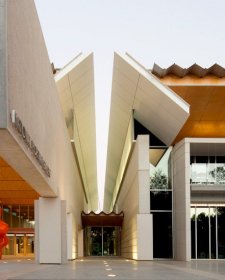
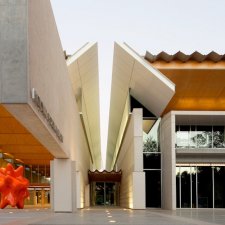
Visit us, learn with us, support us or work with us! Here’s a range of information about planning your visit, our history and more!
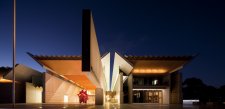
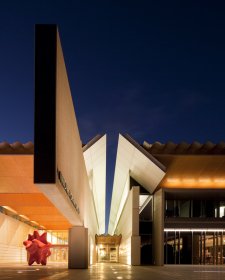
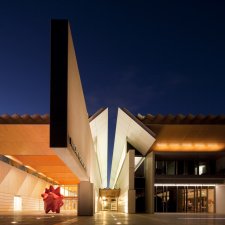
We depend on your support to keep creating our programs, exhibitions, publications and building the amazing portrait collection!